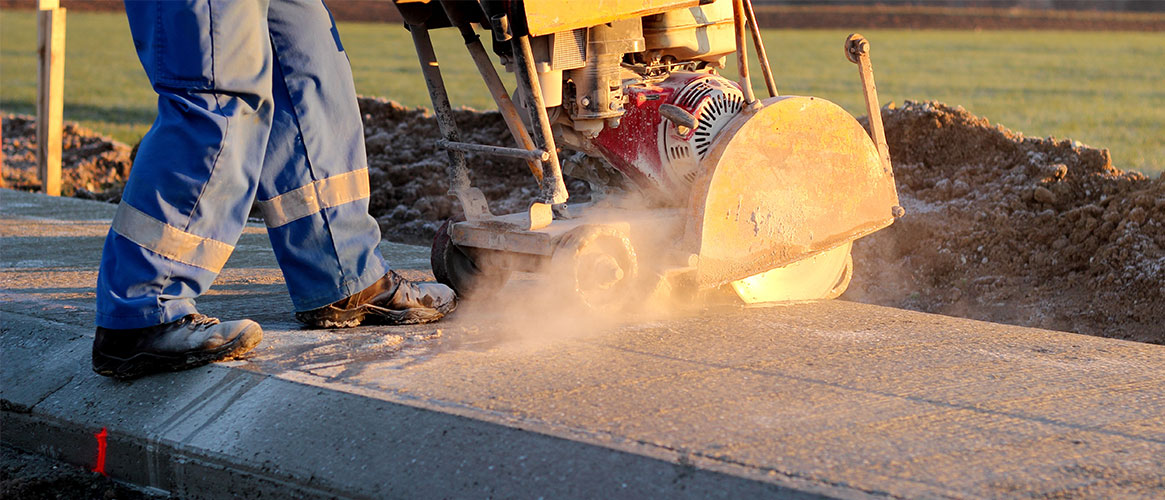Each year, more than 2 million workers in the U.S. are exposed to silica dust. This exposure can cause silicosis—an incurable respiratory disease that puts people at higher risk for permanent disability, cancer, and premature death. Effective June 23, 2020, new medical surveillance requirements are in place for general industry employers—such as those working in mining, rock crushing, foundries, manufacturing of cement products, cultured stone processing, and abrasive blasting. These changes do not affect the construction industry, which has slightly different medical surveillance requirements that will remain in place.
Potential risks of silica dust exposure
Silica is a naturally occurring mineral found in soils. It’s also found in many manufactured materials such as granite and engineered stone countertops and concrete products.
The smallest particles of silica—known as respirable crystalline silica (RCS)—can penetrate deep into the lungs to damage the delicate tissues and cause silicosis.
New requirements
The previous regulation called for medical surveillance for workers exposed above the PEL for 30 or more days per year.
Under the requirements that took effect June 23, general industry employers must provide medical surveillance for employees who are exposed at or above the RCS action level of 25mg/m³ for 30 or more days per year.
Key Requirements of the Cal/OSHA Respirable Crystalline Silica Regulations:
- Permissible exposure limit (PEL) for RCS lowered to 50 milligrams per cubic meter (mg/m³).
- Action level is 50% of the PEL (25mg/m³). Employers must implement controls when exposures reach the action level.
- General Industry employers must provide medical surveillance for employees exposed to RCS at or above 25 milligrams per cubic centimeter (mg/m³) 30 days or more per year.
What is medical surveillance?
Effective medical surveillance is essential for identifying and protecting workers who have underlying conditions or exposures that increase the risk of respiratory illness. Under the new regulation, employers must provide a medical examination (at no cost to employee) within 30 days of initial assignment. This medical examination includes, but is not limited to:
- Review of medical and work history (with emphasis on respiratory exposures and disease)
- Physical examination focusing on the respiratory system
- Chest X-ray
- Pulmonary function test
- Testing for latent tuberculosis infection
Specific information, which can be found in the regulation, must be provided to the doctor for each employee who is examined. Additional examinations are required at least every three years or more frequently if recommended by the doctor.
Employers retain the written opinion of the doctor and provide employees this information within 30 days of the examination. The doctor’s written opinion retained by employer should only include:
- The date of the examination
- A statement that the examination has met the requirements of applicable regulations
- Any recommended limitations on the employee’s use of respirators or exposure to silica dust
There’s no cure for silicosis once it develops, but you can take steps to minimize the risk of your employees getting the disease. Collecting air samples, minimizing exposures, and providing for medical surveillance when required will help protect your employees from silica exposure and keep them on the job.
